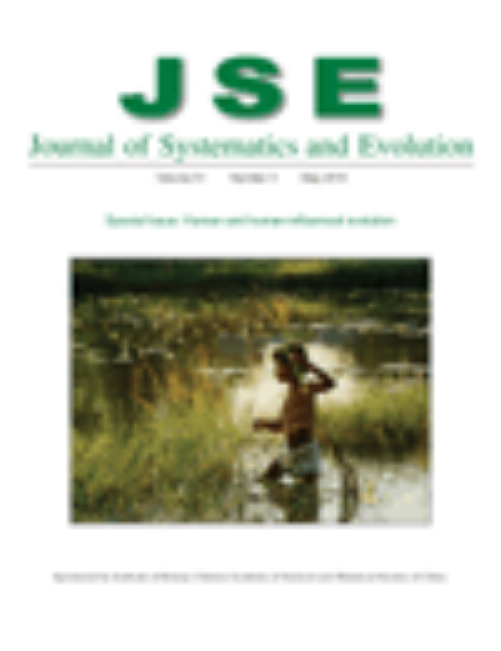Table of Contents
-

Volume 51 Issue 3
Special issue: Human and human-influenced evolution
Cover illustration: Wild rice (Oryza rufipogon Griff.) is the direct ancestor of Asian cultivated rice (O. sativa L.) — an important staple food for more than half of the global population. Wild rice plants/populations are commonly found in close affinity to and hybridize with cultivated rice, which significantly affects the evolutionary process and population dynamics of the wild rice. The photograph shows that a Bangladesh boy was helping to collect panicles of natural hybrids between O. rufipogon and cultivated rice in a pond, for germplam conservation. Phtographed by Bao-Rong LU. See more details of some studies on human and humaninfl uenced evolution in this issue. [Detail] ...
Editors-in-Chief
Song Ge
Jun Wen
Song Ge
Jun Wen
Impact Factor
3.7
JCR 2022 IF ranking: 60/238 (Plant Sciences, top 25%, Q2 quartile)
Journal Abbreviation: J Syst Evol
CN: 11-5779/Q
Frequency: Bi-monthly
Journal Abbreviation: J Syst Evol
| ISSN: | 1674-4918 (Print) 1759-6831 (Online) |
Frequency: Bi-monthly

Scan to view the journal on your mobile
device
device

Scan to follow us on WeChat







